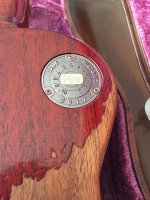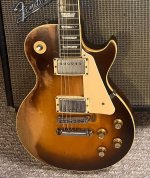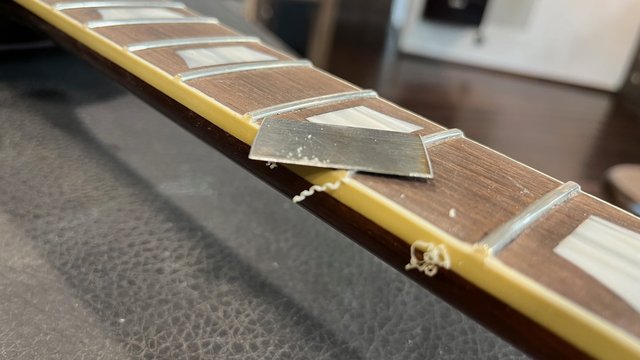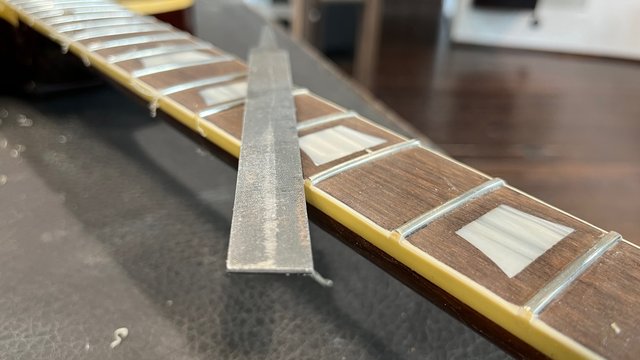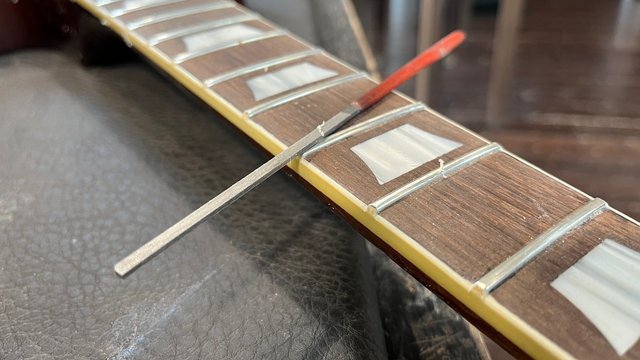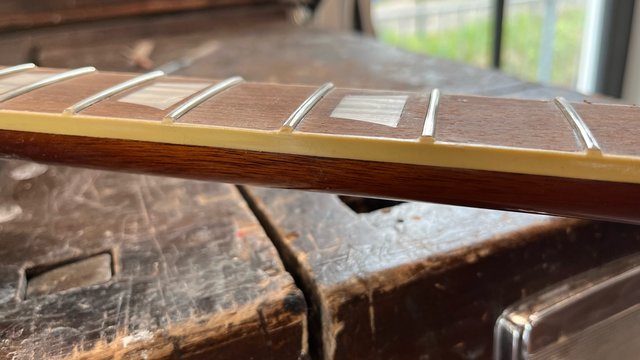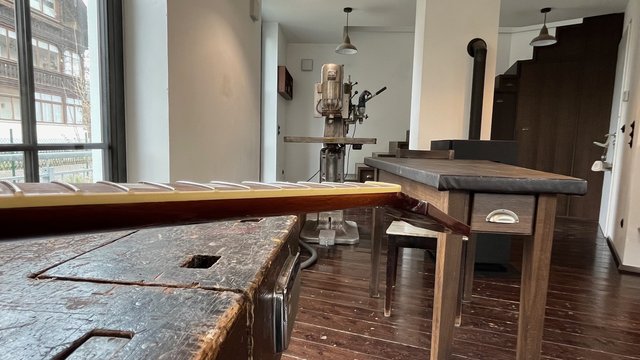O.K so this Is very interesting indeed and entering the realms of controversy perhaps.... Love it! I may be very wrong here but I was under the Impression Cellulose was an organic based material? Or at least closer in relation to wood than plastic.... Not 100% sure there... Cellulose being the key word here.
I always thought the plastisizer's were added to make the previously used brittle lacquer more hard wearing and less susceptible to checking and damage. I see it as adding a plastic to an otherwise glass like brittle finish to make it more shock proof and generally would have been seen as a better commercial finish. Less complaints. Again why poly finishes were later seen as the future for guitar finishing.
That would have been of course if we hadn't been here now looking back and questioning if they actually got it right in the second place.
I would imagine the choice for the original finish would have been exactly the same as would have been used on any piece of well made furniture of the time, I don't think the benefits of checking were realised in the past. It was probably seen as a fault that needed to be rectified. Rather than a tonal benefit or artistically a thing of beauty. Just trying to put it in perspective.
I still believe that under or subjected to the right conditions even a highly plastisized finish would check or let's call it what it really is, "crack".
I have a recollection of the finish being revised back in the late 90's and it was a sales point that I bought into at the time. The Classic I baught definitely had a thinner skin than the 2001 standard I had but both guitars were huge improvements on where things had come from but nothing compared to where the Historics are at now.
I always thought the plastisizer's were added to make the previously used brittle lacquer more hard wearing and less susceptible to checking and damage. I see it as adding a plastic to an otherwise glass like brittle finish to make it more shock proof and generally would have been seen as a better commercial finish. Less complaints. Again why poly finishes were later seen as the future for guitar finishing.
That would have been of course if we hadn't been here now looking back and questioning if they actually got it right in the second place.
I would imagine the choice for the original finish would have been exactly the same as would have been used on any piece of well made furniture of the time, I don't think the benefits of checking were realised in the past. It was probably seen as a fault that needed to be rectified. Rather than a tonal benefit or artistically a thing of beauty. Just trying to put it in perspective.
I still believe that under or subjected to the right conditions even a highly plastisized finish would check or let's call it what it really is, "crack".
I have a recollection of the finish being revised back in the late 90's and it was a sales point that I bought into at the time. The Classic I baught definitely had a thinner skin than the 2001 standard I had but both guitars were huge improvements on where things had come from but nothing compared to where the Historics are at now.





